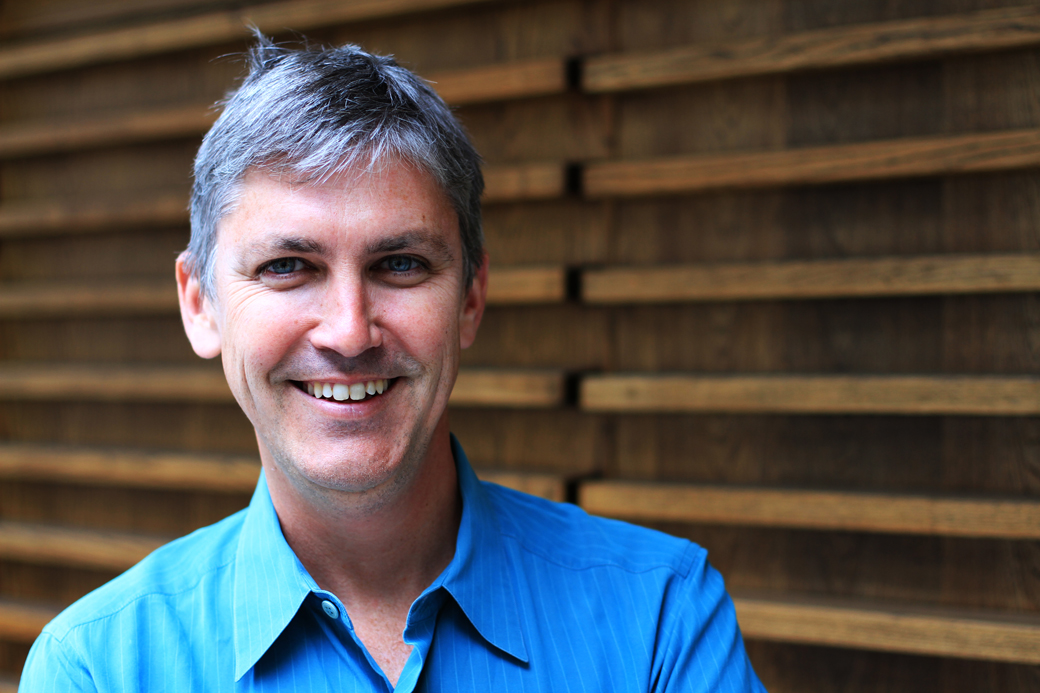
New website will explore how our cities get to what’s next
This fall author and media theorist Steven Johnson will debut a new series on PBS in association with the BBC called “How We Got to Now.” The series has been produced by Jane Root’s award-winning company, Nutopia, and is funded by the CPB/PBS Challenge Fund. As part of the launch, Knight Foundation is supporting the development of a complementary community and news site on how to make better cities, and partnering with Johnson on sharing his expertise through Knight’s national network of ideas. Photo credit: Nutopia.
Shortly after the fall of Constantinople, a small community of glassmakers from Turkey sailed westward across the Mediterranean and eventually settled in Venice, where they began practicing their trade in the prosperous new city growing out of the marshes on the shores of the Adriatic Sea.
“$250,000 Grant to Finance Website Tied to PBS Seires” in the New York Times
“Innovation hub will foster great ideas for our cities” by Carol Coletta
Register here for “How can communities create places that foster great ideas?”, a webinar with Steven Johnson on May 2 at Noon ET. (Webex.com)
Their skills at blowing glass quickly created a new luxury good for the merchants of the city to sell around the globe. But lucrative as it was, glassmaking was not without its liabilities. The melting point of silicon dioxide required furnaces burning at temperatures above 500 degrees, and Venice was a city built almost entirely out of wooden structures. And so in 1291, in an effort to both retain the skills of the glassmakers and protect public safety, the city government sent the glassmakers into exile once again, only this time their journey was a short one—a mile across the Venetian Lagoon to the island of Murano.
Unwittingly, the Venetian doges had created an innovation hub: By concentrating the glassmakers on a single island the size of a small city neighborhood, they triggered a surge of creativity, giving birth to an environment that possessed what economists call “information spillover.” The density of Murano meant that new ideas were quick to flow through the entire population. They perfected a new kind of clear, durable glass that would turn out to be one of the most important materials of the next 800 years, used in spectacles, telescopes, microscopes, test tubes, and eventually cameras and projectors. The scientific revolution might have unfolded on a much slower timetable had the glassmakers of Murano not invented the crystal-clear glass that became their trademark.
The story of Murano—which is featured prominently in my new PBS television series and book, “How We Got to Now”—is a reminder of how closely tied innovation is to geographic places, to communities. The connection between creativity and the density and diversity of cities has been a theme of almost all of my books, whether I was writing about the West Village of Jane Jacobs in “Emergence,” or the coffeehouses of 18th century London in “The Invention of Air.” One of the defining questions we tried to wrestle with in making “How We Got to Now” is precisely this mystery of why certain spaces seemed to generate new ideas more readily than others. The “lone genius” myth of innovation is precisely that—a myth. Transformative ideas almost always take shape out of diverse networks. Today those networks can be digital ones, but their physical grounding in real-world communities remains essential to the story.
That’s why I am so excited that Knight Foundation has agreed to support a new community and news site that will accompany the launch of “How We Got to Now,” an innovation hub that will share the most interesting stories from today’s cities: new ideas in urban planning, infrastructure, zoning and workspace design that help communities become more dynamic, creative spaces. In a sense, if it is history that animates “How We Got to Now,” this new site, with Knight’s help, will help us understand how we get to what’s next. We will regularly update the site with posts and links and discussion about some of the most interesting projects in urbanism and placemaking today.
In addition to the innovation hub, PBS will launch a program website this fall featuring videos available for free online streaming, as well as other resources for educators and the general public. Free materials for middle and high school classrooms will also be available through PBS LearningMedia, an award-winning media on-demand service used by 1.4 million educators nationwide.
It should be the start of a fascinating, and important, conversation. I look forward to being a part of it.